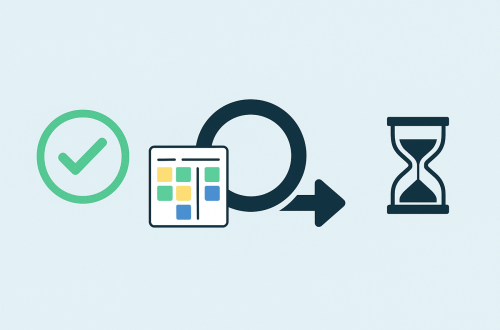
Sprint Planning and Prioritisation: Your Friendly Roadmap to Project Success with Real-life Examples
In the world of project management, sprint planning and prioritisation can feel like hosting a party. You have a guest list (your tasks) and a time limit (your sprint duration), and you need to figure out how to throw the best party within your constraints. But don’t worry – we’re here to help make it a celebration to remember!
Sprint Planning: Your Party Planning Stage
Sprint planning in Scrum is akin to planning your party. It’s the stage where you decide on the guest list (tasks) and how long the party will last (sprint duration). The objective is to create a solid plan to set your team’s achievable goals.
In this planning stage, the team comes together to define the Sprint Goal and to choose which items from the product backlog will help achieve this goal. It’s like deciding on the theme of your party and who to invite.
Prioritisation: Your VIP Guest List
Prioritisation is all about creating your VIP guest list. Not all tasks are created equal – some are crucial for the project’s success (your VIPs), while others can wait for a later date (the plus ones).
In Scrum, the Product Owner plays a pivotal role in this, prioritising the product backlog items based on their value to the project. A tool like the MoSCoW method, which stands for Must-have, Should-have, Could-have, and Won’t-have, can be particularly useful in this process.

A Real-Life Example
Let’s say you’re planning a sprint for a software development project. Here’s how it might go:
Sprint Planning
Your team decides on a two-week sprint to enhance the user experience on your app. It’s like deciding to throw a 70s disco-themed party that lasts an evening.
Prioritisation
Your Product Owner uses the MoSCoW method to prioritise tasks
| Priority Level | Task Description | Party Guest Equivalent |
|---|---|---|
| Must-have | Fixing major bugs | VIP guests (Disco legends like Donna Summer and the Bee Gees) |
| Should-have | Adding a new feature | Regular disco-goers |
| Could-have | Aesthetic improvements | Plus ones who just love a good dance |
| Won’t-have | Brainstorming future features | People who aren’t into disco but might enjoy your next party theme |
By the end of the sprint planning and prioritisation process, you’ll have a clear plan that everyone understands, just like a organised party where everyone knows the theme, the time, and what they’re supposed to bring. And with that plan in hand, you’re all set to throw a project ‘party’ that leads to a successful product!
Remember, project management doesn’t have to be a daunting task. With the right mindset and tools, you can make it as enjoyable and satisfying as planning a party. So, here’s to successful sprint planning and prioritisation – your tickets to a fun-filled project management journey!




